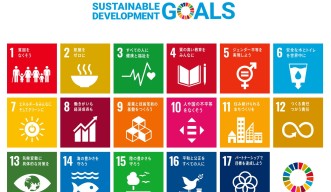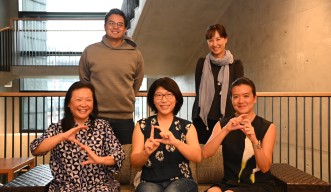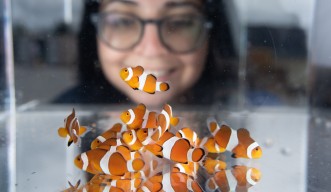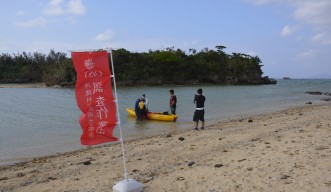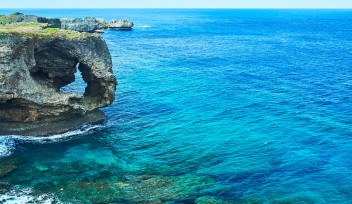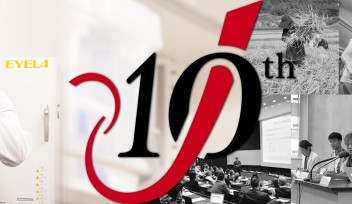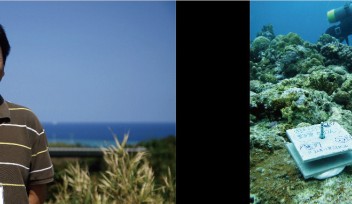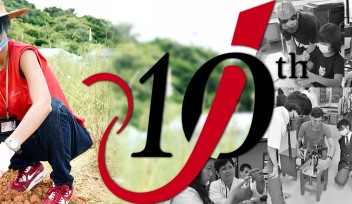Embracing the Sustainable Development Goals
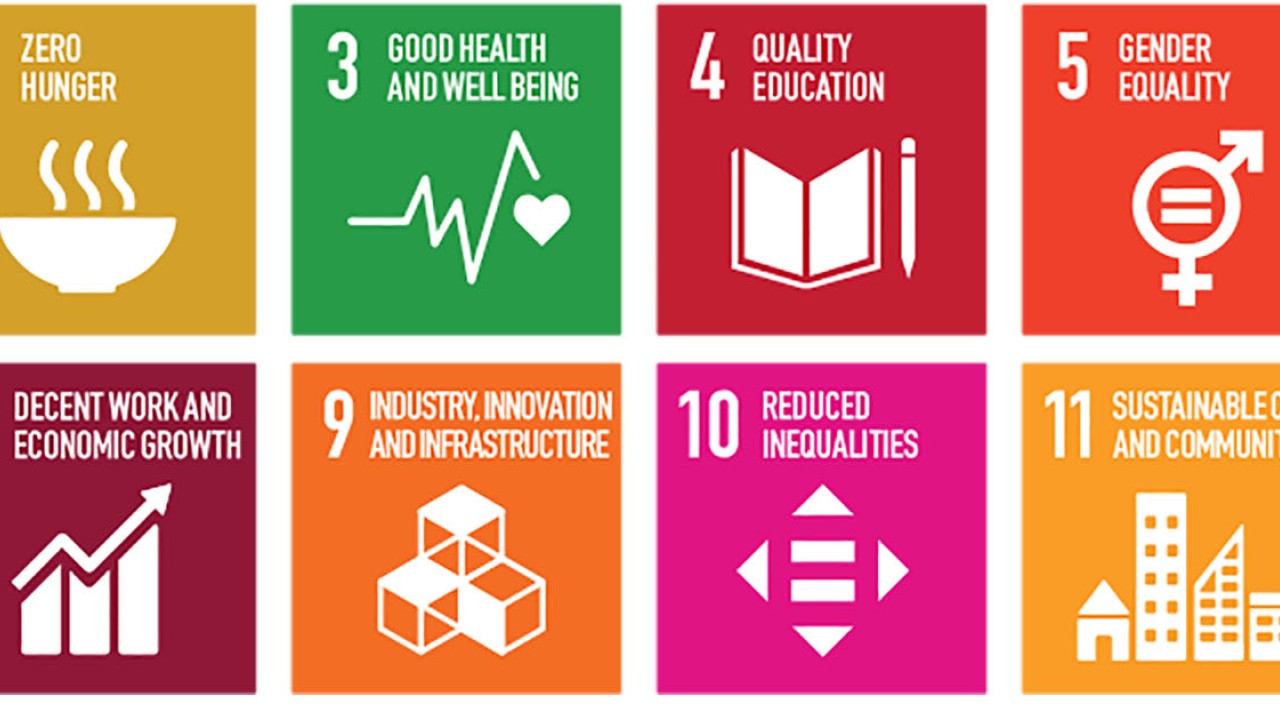
In 2015, all United Nation Members States adopted the 2030 Agenda for Sustainable Development, which outlined how the planet and all its inhabitants could achieve a shared vision of peace and prosperity. At the center of this agenda are the 17 Sustainable Development Goals (SDGs), which cover the spectrum of sustainability, from gender equality and putting an end to poverty to conserving life on land.
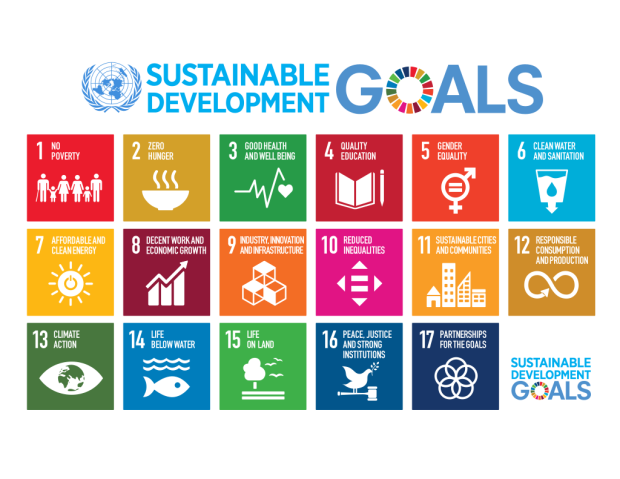
Scientists, staff, and students at the Okinawa Institute of Science and Technology Graduate University (OIST) are contributing to these goals through research, outreach, and developing partnerships with local municipalities and industries from Okinawa, Japan, and abroad.
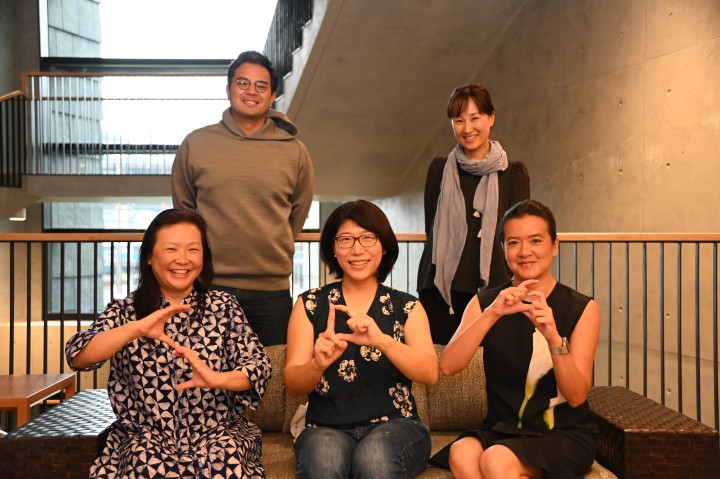
OIST scientists look at climate change, COVID-19, and more
Prof. Timothy Ravasi leads OIST’s Marine Climate Change Unit and is focused on understanding how Earth’s oceans will respond to increased acidification, warming, and coastal development.
“We specifically look at clownfish and grouper,” explained Prof. Ravasi. “Groupers are important fish in Okinawa, both culturally and economically, but it’s likely that the fish farms where they’re kept will be impacted by an increased frequency of heatwaves. I’m working with the fish farms in Okinawa to improve their biomass production with regards to the predicted changes over the next few decades. And clownfish are good model species to see how coral reef fish in general will be affected by climate change, so we’re looking at how they respond to increased seawater temperature.”
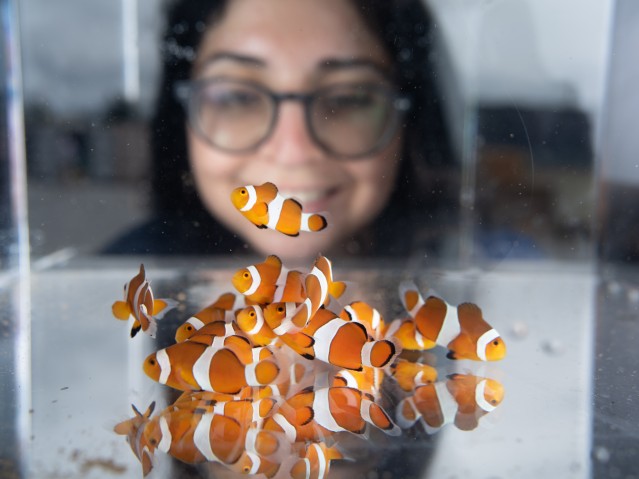
Across OIST, scientists are contributing to different SDGs. In 2020 there was a strong focus on combatting the COVID-19 pandemic and research was conducted across OIST in diverse ways, from modelling the spread of the disease to developing tests (both PCR and antibody) to understanding the social implications of lockdown. Within the Marine Biophysics Unit, scientists are looking at the role of bacteria in taking up carbon in the ocean. Having a better understanding of this will shed light on the marine carbon cycle and its connection to climate change. And researchers in the Energy Materials and Surface Sciences Unit are conducting world-leading work on photovoltaic solar modules to create the next generation of solar cells that are of greater size, power and stability than those currently available.
Quality Education
Alongside research, members of the OIST community are leading outreach program to engage local and international communities with science and sustainability. One of the newest initiatives is run by the OIST Graduate School in collaboration with Kuaʻāina Ulu ʻAuamo (KUA), a Hawai’i-based nonprofit, for students based in Okinawa and in Hawai’i. Called Shima: Okinawa-Hawai’i STEM Education Collaborative, the program will promote a cross-cultural learning exchange with traditional natural resource management at its center.
"Island communities have sustained themselves through generations of knowledge-building for surviving with finite resources,” said Dr. Misaki Takabayashi, Vice Dean of the Graduate School. “In that regard, island sustainability is a microcosmic exemplar for the global SDGs. For island sustainability, the most important thing is synergy of sustainability of all resources – environmental sustainability, economic sustainability, human resource sustainability. Okinawa has thrived as a productive island community for thousands of years. We, as residents of Okinawa, need to be an extension of this island's ancestors' sustainability work.”
Other outreach activities led by OIST include the annual HiSci Workshop, run by OIST’s Graduate School, which involves science lectures and workshops and is open to female junior high and high school students in Okinawa. And Onna Children’s School of Science, which aims to engage children from Onna-son (the district where OIST is located) to enhance their science curriculum by introducing an SDG-related activity of reef health monitoring.
Student contributions
OIST student, Otis Brunner, who is part of the Marine Biophysics Unit, has been contributing to SDG-related activities for a number of years. He looks at the impact of mining deep-sea hydrothermal vents around Okinawa. He recently gave a virtual talk at the University of Ryukyus where he aimed to get the word out about the threats to this unique ecosystem.
Outside of research, Otis launched the UMI project – UMI stands for University Marine Initiative, with the acronym meaning ocean in Japanese. “I started this about three years ago and it’s been growing since. Initially it began as a way of bringing together marine scientists and enthusiasts at OIST.”
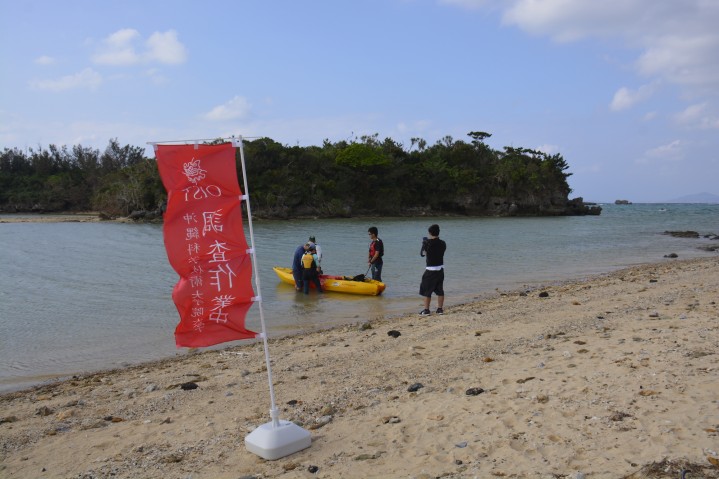
Today, UMI is more focused on facilitating the desire for local residents to conserve the marine environment. To achieve this, Otis and other members have organized reef walks, citizen science initiatives, and school lessons. Otis notes that some children who grew up in Okinawa have never had a chance to visit the coral reefs and that it’s been a rewarding experience to witness them seeing coral for the first time.
“The Sustainable Development Goals are one of Okinawa’s and Onna’s priorities, so they are one of OIST’s priorities too. Okinawa is developing so fast that if we don’t develop sustainably than in a few decades then there will be irreversible damage. This means that we can have such an impact here.”
Other ways that members of the OIST community have been active throughout Okinawa is through groups like POWER Club and ECO Club, which regularly organize beach clean ups, clothes drives, and events to support local businesses.
Green Nudges
OIST has officially joined the United Nations Environment Programme (UNEP) Green Nudges initiative, which aims to inspire university communities to adopt environmentally friendly habits and greener lifestyles.
Nudge theory is an idea from behavioural science that involves subtly leading people to make positive decisions. It works on the idea that small actions can have a large impact on the way people behave. By using several techniques, green nudges can inspire sustainable conduct and instil long-lasting environmental values.
The Green Nudges initiative at OIST is focused on creating a greener campus, making day-to-day operations more sustainable, and reducing carbon emissions. The venture seeks to identify environmental issues within OIST and the local community and generate creative solutions.
Getting involved
If you’d like to get involved with a current SDG project or work with a member of the OIST community to start your own SDG project, then please visit OIST’s SDG website.










